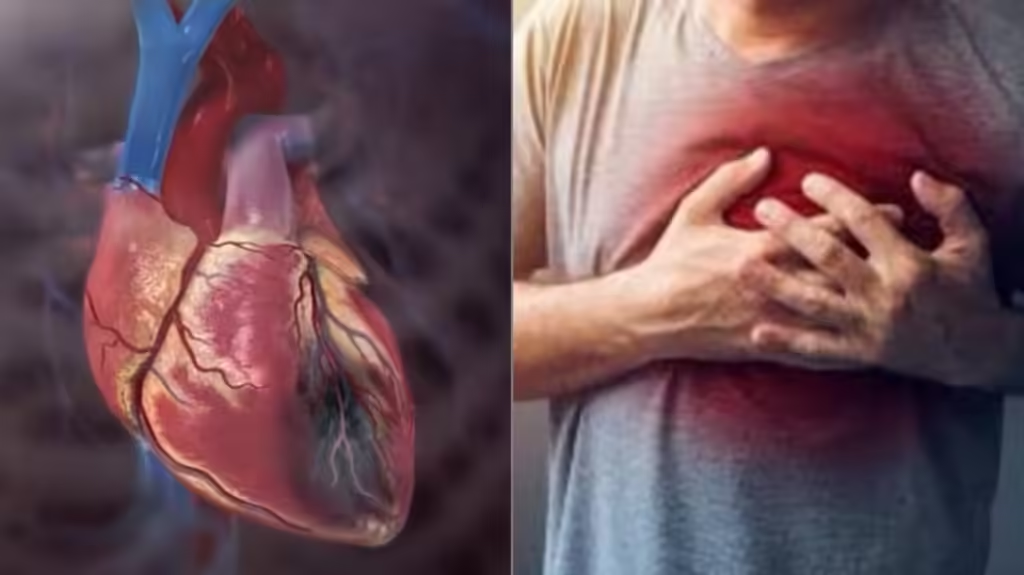As India grapples with a growing burden of non-communicable diseases, new pharmaceutical data has revealed a telling indicator: a 50% surge in the sale of cardiac medications over the past five years. According to healthcare analytics firm Pharmarack, monthly sales of heart-related drugs jumped from ₹1,761 crore in June 2021 to ₹2,645 crore by June 2025, reflecting a compound annual growth rate of over 10%.
The sharp increase, health experts say, is both a symptom and a warning of India’s deepening cardiovascular crisis.
A Nation on Medication
The spike encompasses a broad spectrum of cardiac treatments—including anti-hypertensives, statins, anti-anginal medications, drugs for heart failure, and anti-arrhythmic agents. These therapies are increasingly being prescribed not only for treatment but also for long-term disease management and prevention.
“Today, it is not uncommon to see patients on four to five medications to address different aspects of cardiac risk—blood pressure, cholesterol, arterial stiffness, and heart rhythm disorders,” said a Mumbai-based cardiologist.
This trend toward “polypharmacy” underscores the clinical complexity of managing modern heart health—and the growing dependence on medication as a frontline defense.
Changing Definitions, Expanding Diagnoses
One major factor fueling the rise in prescriptions is a shift in diagnostic thresholds. The redefined blood pressure limit—lowered from 130–140 mmHg to 120 mmHg—has expanded the pool of hypertensive patients overnight. More individuals are now being classified as “at-risk,” prompting doctors to intervene earlier with pharmaceutical regimens.
Simultaneously, the availability of affordable diagnostics, health insurance penetration, and greater awareness have led to a surge in first-time consultations, screenings, and follow-ups.
A Younger Epidemic
Perhaps the most alarming aspect of India’s cardiac trajectory is the age at which the disease now strikes. Nearly one-third of all cardiac patients fall under the age of 45, according to data from urban hospitals. Lifestyle factors—including high stress, lack of exercise, processed diets, and sleep deprivation—are increasingly affecting working professionals and younger populations.
“Cardiac arrest in one’s 30s is no longer rare. We see it every week,” said a senior cardiologist in Delhi. “The lifestyle curve is outpacing the medical curve.”
Mirror to a Public Health Emergency
While the pharmaceutical industry welcomes the growth in cardiac drug sales, public health experts urge a cautious reading of the data. The spike, they argue, should be viewed less as a business triumph and more as a clarion call for systemic change.
India already ranks among the top countries globally in terms of cardiovascular mortality. Lifestyle diseases account for nearly 27% of all deaths in the country. Without widespread interventions—ranging from dietary reform and physical activity promotion to urban planning that encourages movement—experts fear the crisis will escalate.
Looking Ahead
As the nation moves toward greater urbanization and economic mobility, the cardiac health burden risks becoming both a medical and economic liability. While better diagnostics and treatment options are expanding, the long-term sustainability of this pharmaceutical reliance remains in question.
“The challenge,” as one public health expert put it, “is to ensure that drugs are the last line of defense—not the first.”


